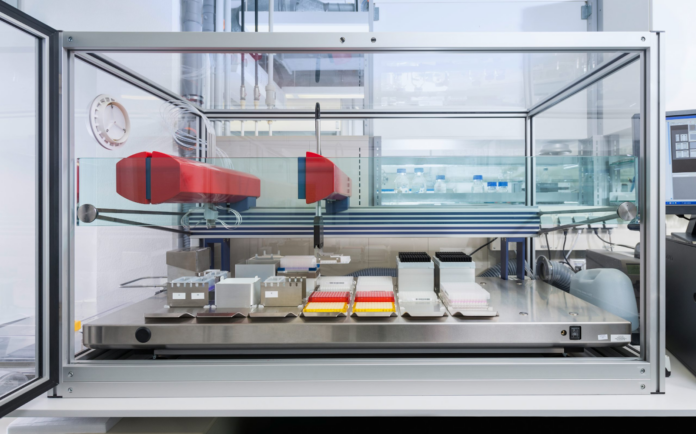By Maler Suresh
While most of science and technology has been dominated, and rightfully so, by the COVID-19 pandemic since March 2020, science never stops expanding. As such, many new technologies have been developed this year, and they have been largely geared towards ensuring a more sustainable, ethical, and equitable future.
5 of the Coolest Inventions From 2020
- A Refugee for Bees
Beewise is an AI powered beehive that can host around 2 million bees. The beehome costs just $15 dollars a month to use precision robotics, computer vision, and AI to monitor the bees 24/7. The benefit of this is that the internal system can respond immediately to irregularities that might put the bees in danger, doubling pollination capacity and honey production.
- Incubation Pods
The Under the Weather IncubationPod is a plastic bubble, designed to protect you from the elements when outdoors. However, since the pandemic, the pods have been repurposed into protection for patients and frontline workers that can be worn around patients’ and healthcare workers’ heads during medical procedures
- Emergency Water
The WEDEW (Wood-to-Energy Deployable Emergency Water) created by Skysource is a mobile, sustainable-energy water generator. The WEDEW heats up discarded plant and animal material to release water vapor, which the generator then condenses into drinking water. This system, which essentially makes air to make water, can be used in vulnerable areas that have been hit hard by climate change and do not have ready access to fresh drinking water.
- Animal Crossing: New Horizons
This Nintendo game was the savior of many people’s pandemic experience. New Horizons is the first full Animal Crossing game in HD, and the level of detail was much appreciated by users who spent a lot of time in the world. The low stakes game, involving friendly animals and a cottage farming lifestyle was the perfect bit of escapism from the simultaneous anxiety and boredom that came with being stuck inside.
- Dragon Spacecraft
Spacex has created the only spacecraft currently flying that is capable of returning significant amounts of cargo back to Earth. The Dragon is also the first private spacecraft to take humans to the space station.
5 Technologies to Watch
- Portable RNA Printing Technology
The RNA Printer from the company CureVac is a fully transportable RNA printing unit. It has the potential to make vaccines more accessible to countries that do not have the capital or capability to make large facility production of vaccines.
- Hologram Simulations
Some labs have been able to split laser light into smaller beams that can form the shapes of neurons. This makes it possible to make 3D holograms that can simulate complex patterns of brain activity in less than a millisecond. Companies like Bruker and 3i have taken this technology a step further by incorporating holography into their imaging systems. This allows scientists to take a picture through their microscope, identify which neurons they want to activate, and use the software from these imaging systems to make simulations that match those activation patterns.
- Vertical and Floating Farms
Forward Thinking Architecture, a company based in Barcelona, has come up with the concept of a Smart Floating Farm. The SFF is a sustainable, solar-powered vertical farm that floats on pontoons, making it possible to grow food in any large body of water. The top level collects rainwater for irrigation and has solar panels for electricity. The second level has a greenhouse that allows crops to grow year round without any soil. The ground level is designed for cage fishing and has a hatchery where the fish eggs can be incubated.
- Ocean- Cooling Technologies
Oceanographer Daniel Harrison along with researchers from Australia’s Southern Cross University successfully trailed a new technology on the Great Barrier Reef that is meant to cool the water and protect the reef’s coral from bleaching. The researchers sprayed salt particles into the air over the reef to form cloud droplets that reflect sunlight away from the water.
- Nuclear Fusion
Nuclear fusion would produce renewable, clean, carbon-free energy with no long term nuclear waste if researchers were able to recreate the process on Earth. The construction of ITER, which will be the world’s largest experimental fusion facility, is now underway in Southern France. This project, which will be the collaboration of 35 nations, aims to recreate fusion power that can be produced sustainably on an industrial scale.
CureVac’s portable RNA printing technology
Source: curevac.com

